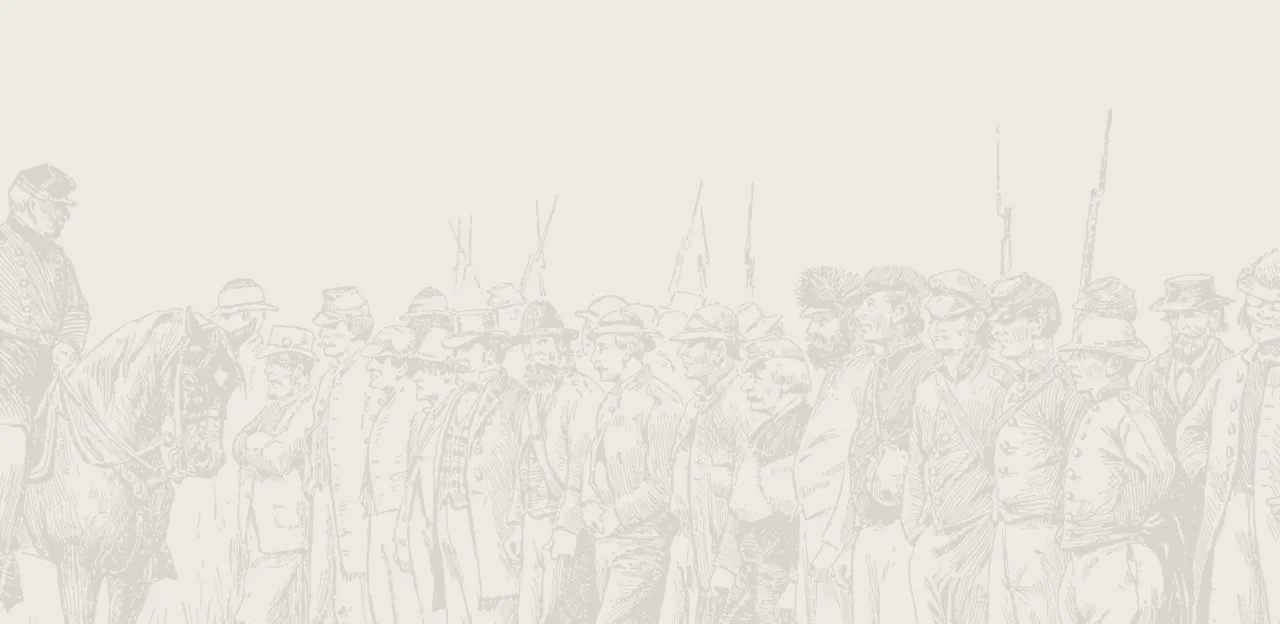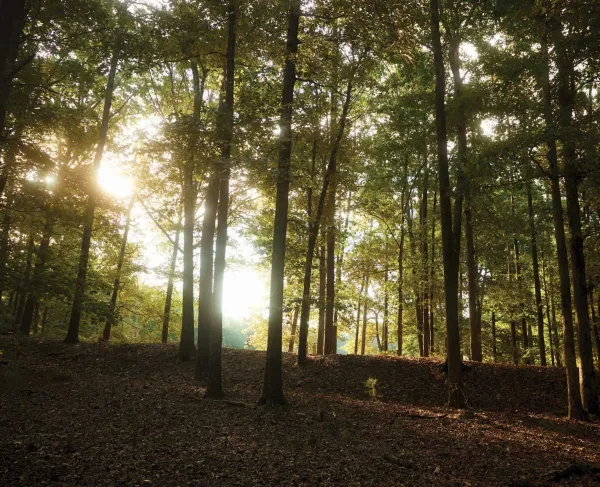Pea Ridge

The Battle of Pea Ridge
Elkhorn Tavern
Nearly a month after initiating their campaign against Confederates in southwest Missouri, Gen. Samuel R. Curtis' Union Army of the Southwest had pushed into Arkansas and established a defensive position on the bluffs overlooking Little Sugar Creek. At the same time, Gen. Earl Van Dorn was appointed to take command of Confederate forces in the trans-Mississippi with the objective of destroying Curtis and his 12,000 Federals. Rather than attack Curtis' fortifications, Van Dorn proposed to march around the Union right flank, near Pea Ridge. In the course of the maneuver, however, the Southern forces were divided. Van Dorn's two wings, under generals Benjamin McCullough and Sterling Price, were separated by Pea Ridge, and subsequently compelled to fight two distinct actions, with neither wing able to support the other. Further compounding Van Dorn's woes was the fact that Union scouts had detected the Confederate movement. Federal troops were en route to meet the Rebel threat.
On the morning of March 7, 1862, the head of Van Dorn's column struck the 24th Missouri near Elkhorn Tavern. Federal infantry of Col. Eugene Carr's division rushed to the aid of the lone regiment, but to no avail. Though Van Dorn's cautious deployment of Price's force allowed Carr ample time to reinforce his troops at Elkhorn, the Southerners still held the numerical advantage. Successive waves of Confederate attacks on both Union flanks, forced the Yankees to fall back to Ruddick's Field. Late in the afternoon Union commander Curtis organized an counterattack in the fading daylight which was later recalled.
Meanwhile, McCullough's 8,000 Confederates—veterans of Wilson's Creek—marched east on Ford Road. Just before noon, they were set upon by Federal cavalry under Cyrus Bussey. Bussey's attack bought Union division commander Peter J. Osterhaus precious time to bring up his infantry. While wheeling his troops into position, Gen. McCullough was killed, as was his successor, James McIntosh. Confusion reigned in the Southern ranks. The remaining Confederates—including a brigade of Native Americans under Gen. Albert Pike—attempted to drive off the Federal attack, but were checked by the arrival of Jefferson C. Davis' division of Yankee infantry. Without support from Price's troops, the remnants of McCullough's command were forced to withdraw.
Though the Federals had been badly beaten during the fighting on March 7, they still held a strong position south of Elkhorn Tavern. That night, Gen. Curtis consolidated his forces, bringing up the divisions of Davis and Osterhaus—the same troops that had successfully driven Benjamin McCullough's Confederates from the field at Leetown. On the morning of March 8, a furious artillery bombardment wrought havoc on the Southern line. Immediately following, Gen. Franz Sigel led a Union assault, driving in the Confederate right. Davis' division soon followed, attacking the center. Lacking ammunition and sufficient artillery support, Van Dorn's Southerners were compelled to withdraw to the Huntsville road, where they were able to escape past Curtis' right flank. Though the Confederate army had been allowed to escape relatively intact, the Union victory at Pea Ridge solidified Federal control over Missouri for the next two years.





